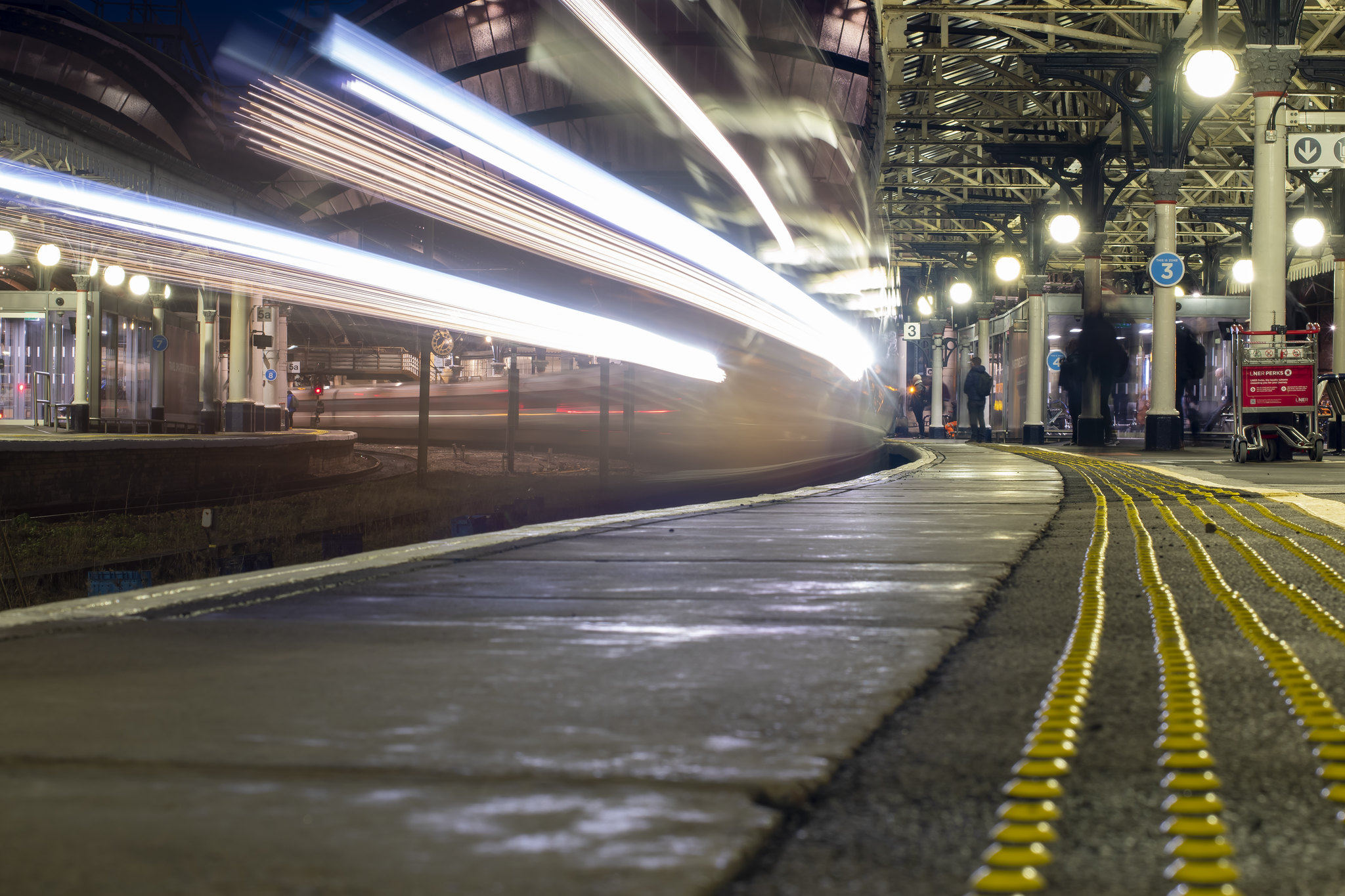Single-leg fares will benefit passengers and unlock potential for further reform

By Jac Starr, CEO, Rail Delivery Group
Single-leg pricing is an important step in overhauling rail fares to meet changing customer needs.
No one disputes that the rail industry needs to adapt and evolve to changing demands if it is going to thrive. That was true even before the pandemic, for example in the use of mobile technology. We expect to be able to plan and buy our tickets online, and the idea of using a paper ticket to get through the barriers is increasingly old-fashioned. People want to be in control of their travel, and they want that process to be as simple and intuitive as possible.
In the post-pandemic world the rail industry faces significant revenue challenges; we cannot take our customers for granted, we must work hard to retain them. The challenge is therefore to make rail as easy and appealing as possible, so that this essential service can continue to thrive.
Easing the complexity of rail fares is a big part of that challenge. When we conducted the largest ever public consultation on Britain’s rail fares, with independent passenger watchdog Transport Focus, we found that more than a third of people who might use rail are put off because they can’t find the right product. Too many thought the current system inflexible, with the fares options available unsuitable for how they work and travel.
The consultation resulted in a series of proposals (in our report ‘Easier fares for all’) designed to overhaul rail fares. A key strand of this plan is the move to single-leg pricing, which - following commitment given by the Secretary of State at the Bradshaw Address - is now being rolled out across LNER following earlier trials.
The concept of single-leg pricing might not sound very dramatic, but it is an important step in the simplification of fares, because it ensures customers can easily buy the cheapest combination of fares for their journey, both out and back. Customers told us they found the current system complex and confusing, and it’s not hard to see why. The legacy of our current model resulted in a system with over 55 million fares. Customers currently have to try and untangle which ones might suit them best, making it increasingly difficult to guarantee the right one.
Single-leg pricing creates a more logical system that everyone can understand, without having to juggle whether a return or a combination of singles is the best option, Crucially, it is being achieved by reducing a number of single fares. In cities and urban areas, the process allows for the extension of the very successful pay-as-you-go concept which allows customers to travel around as they need and just pay for the travel that they take, with no need to work out in advance what the best value ticket would be.
This puts customers in control - no more guessing what ticket to buy. It works hand in hand with the digital ticketing that is being used by more and more people, with the system working out the best options with customers being sure that they are only paying for what they need.
As part of the commitment announced by the Secretary of State, Great British Railways will take on responsibility for ticketing and the development of this structure. We are working closely with the GBR to help to implement this important policy that will benefit passengers.
It will help us to create the rail network we know that customers want, with seamless travel between operators and the ability to tap in and out in cities across the country – one where everyone can be confident that wherever and whenever they choose to travel, they get the best value for their money.
Read RDG’s proposals for reform of Britain’s rail fare regulations, ‘Easier Fares For All’.